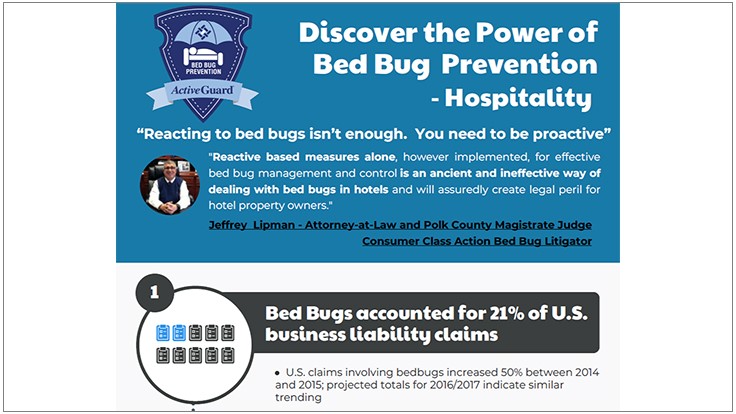By Gaining Understanding Into The Details Of Rodent Nesting Actions, You Can Develop An Extensive Strategy To Rodent Control That Outwits These Pests
By Gaining Understanding Into The Details Of Rodent Nesting Actions, You Can Develop An Extensive Strategy To Rodent Control That Outwits These Pests
Blog Article
Post Author-Wynn Refsgaard
When it involves rodent control, comprehending common rodent habits is vital to effectively handling problems. Did you know that rats have some remarkable nesting behaviors that might shock you? By discovering their elaborate actions, you can obtain important insights right into how to tackle rodent problems in a much more critical and effective fashion. So, let's unravel click the up coming document behind these animals' activities and discover exactly how to outmaneuver them in your rodent control initiatives.
Rat Nesting Habits
When observing rats in their natural habitat, you'll notice that they actively choose products to build their nests. Rats, such as computer mice and rats, are clever creatures that utilize a variety of items like branches, leaves, paper, and material to develop their homes. They're precise in their nest-building procedure, frequently lining their nests with softer products like hair or feathers to develop a comfy atmosphere.
Rodents like to construct their nests in hidden and protected areas to protect themselves and their young from killers. Usual nesting areas consist of wall surface dental caries, attic rooms, basements, and also within insulation materials. By creating their nests in these remote areas, rodents can securely elevate their offspring away from possible dangers.
It is vital to comprehend the nesting practices of rodents when implementing control measures. By disrupting their nests or removing products, you can inhibit rats from establishing an existence in your home or property. Appropriate sanitation and sealing entry factors are additionally vital steps in stopping rodent problems.
Rodent Feeding Patterns
After observing rats' nesting routines, it comes to be obvious that their feeding patterns play a crucial function in their day-to-days live and habits. Rats, consisting of mice and rats, are opportunistic feeders, suggesting they'll take in whatever food source is readily available. They're mostly nighttime creatures, preferring to forage for food throughout the cover of evening to avoid killers.
Rats have a varied diet, varying from grains, seeds, fruits, and veggies to pests, nuts, and also tiny pets. This flexibility in their food selections allows them to prosper in various environments, consisting of city areas where human food sources are plentiful.
Their feeding patterns aren't only driven by hunger yet likewise by the requirement to stockpile food for times of deficiency. This actions is specifically recognizable in preparation for cold weather or when nesting. Rats are known to hoard food in their nests or burrows, making sure a consistent food supply. Understanding their feeding patterns is vital in carrying out efficient rodent control actions to disrupt their food resources and stop infestations.
Rodent Motion and Traveling
Rats browse their surroundings with dexterity and stealth, utilizing their eager detects to move promptly via their environments. https://www.pctonline.com/media/missiti-on-growing-buono-pest-control-service-technicians-to-next-level/ are skilled mountain climbers, able to scale wall surfaces and upright surface areas easily. They can additionally squeeze with remarkably little openings, making it crucial to seal any kind of prospective entrance points in your home.
When it comes to traveling, rats often tend to adhere to familiar paths, producing tracks along wall surfaces or skirting the edges of areas. They're creatures of habit, often adhering to these developed courses as they forage for food or explore their environments.
Rodents are understood for their nocturnal routines, so you may hear them scampering about during the night as they look for food and water. Their motions fast and irregular, permitting them to dart in and out of sight in the blink of an eye.
Recognizing how rodents move and take a trip can assist you determine prospective problem locations in your home and take proactive steps to stop these pests from acquiring a foothold.
Conclusion
As you function to regulate rodents in your home, bear in mind that understanding their actions is crucial. By acknowledging their nesting practices, feeding patterns, and activity, you can successfully protect against invasions.
Together, by taking proactive steps to remove food resources and seal off entry points, you can interrupt their familiar courses and compel them to seek brand-new locations, eventually decreasing the possibility of rodent presence in your living spaces.
